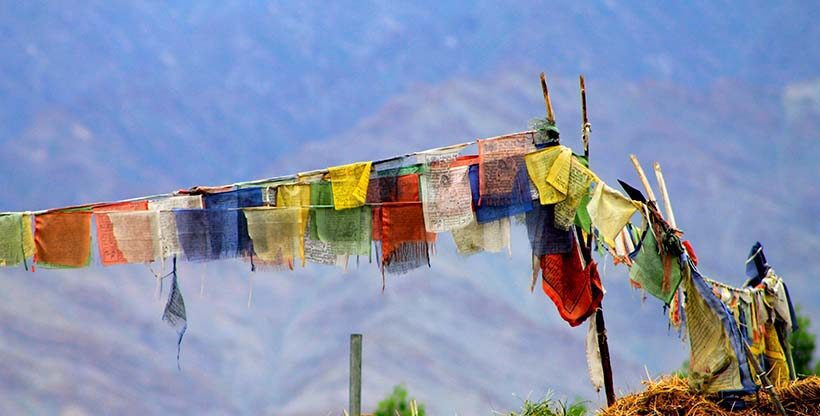Organizations
Cultivating a Safe Culture: Developing Risk Management Strategies

The Guardian Global Development Professionals Network
Aid workers are facing threats from more directions than ever, and non-governmental organizations (NGOs) are tasked with managing this complicated, dangerous environment. However, they don’t have to do it all alone.
“From our perspective, the biggest challenge is identifying what the top exposures are for each organization, and prioritizing them according to the locations in which the group is operating,” explained the Senior Vice President for leading global insurance provider Clements Worldwide.
The SVP expressed this sentiment during a live chat hosted by Clements, in partnership with The Guardian. In this chat a number of industry experts discussed risk management for NGOs, and identified trends these organizations face when operating abroad. Assessing risk is more important than ever, and there are many different elements that come into play when determining how to reduce costs and ensure that the appropriate insurance solutions are in place to help protect NGO employees.
Security Risks
Many NGOs deploy staff into challenging locations, which can involve a number of security threats. While these risks do exist, it is still crucial that NGOs are able to operate and conduct their important work in these often isolated areas. To begin, NGOs have to determine their risk threshold. This concept was reinforced by Candice Roggeveen, international safety coordinator with London-based Tearfund. She stressed the importance of determining what level of danger is facing the organization, in order to gauge how much is acceptable for workers to be active in.
“After an event occurs in such isolated areas or hard to reach locations, like kidnappings, medical emergencies and political violence, the NGOs can also tap on the resources available through some of their insurance policies such as health insurance, protection against kidnap and ransom, political evacuation and personal accident, as each of these include services of assistance and security companies,” explained our SVP. “The cost of these companies is built into the policy itself.”
Cost vs. Value
Today, more NGOs understand what needs to be done to protect their staff, but they are still faced with the problem of balancing costs compared to the return. Hari Krishna Nibanupudi, senior disaster risk reduction specialist with the International Center for Integrated Mountain Development, emphasized this current dilemma. He explained that morals often come into play, and administrators have to decide how much to invest in risk management before the payoff isn’t worth the costs.
Location, type of work, type of employees and risk management measures all factor into the total expenses of safe operations overseas. Amaury Cooper, deputy director for risk management and global security at the Washington-based International Relief & Development organization recommended that smaller NGOs pool resources with other agencies. This can lead to an increase in specialized training, as well as lower operational expenses.
Keep Staff and Assets Safe
NGOs encounter a substantial number of risks on a daily basis. Without a clear understanding of these threats, there is a chance that organizations could run into challenging financial circumstances. The key here is balancing spending to keep workers safe, while still leaving a budget to cover additional programs.
According to Roggeveen, that starts at recruitment. Strong staff can be well versed in operational security and efficiency, and job descriptions should include knowledge regarding risk management. Then, NGOs can reach out to the community, foster discussions and take advantage of the numerous resources available.
“It is a very difficult balancing act but awareness of the vulnerabilities and planning is the most appropriate course of action,” noted our SVP. “Our experience that training costs for [NGOs] can then be offset against significant premium reductions.”
Overall, the concept of risk management begins with a comprehensive assessment to develop an accurate risk profile of an organization, and finally, ensuring that the appropriate insurance solutions are in place to ensure safe, successful overseas operations for NGOs.
Check out this article and other NGO risk management articles on The Guardian.
Relevant Helpful Resources
Find tips, trends, and perspectives to help you confidently make decisions and navigate challenges internationally with peace of mind. Read how you can live, operate, and manage risks abroad.
International NGO Recruitment Strategies: Attract & Retain the Top Nonprofit Employees
How NGOs Can Hire for Impact and Build a Committed Workforce
Minimizing Risk, Maximizing Impact: Critical Insurance Coverages for NGOs
When you’re running an international nonprofit or NGO of any size, the nonprofit
International Group Personal Accident Insurance: When DBA Coverage is Not Enough
Created and reviewed by the Commercial Insurance and Underwriting experts at